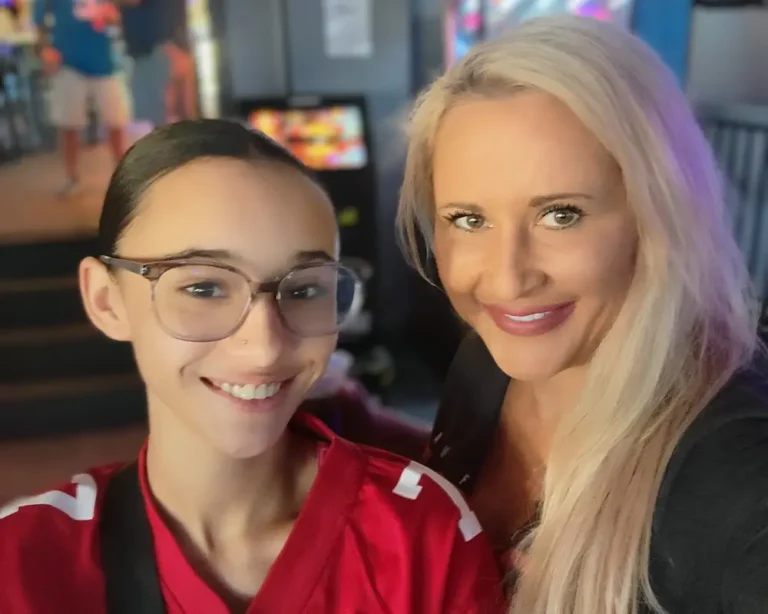I’m a Yale student, and I had to audition to join on-campus clubs. This controversial practice is an Ivy League tradition.

Auditioning for on-campus clubs at Yale is a tradition.
At Yale’s start of every school year, the first few weeks are the most hectic — and competitive.
As a sophomore at the Ivy League school, I know how busy the beginning of the year is, especially when it comes to rushing academic clubs and organizations. At Yale, you can’t simply just join some clubs and organizations. You have to rush — or apply and try out.
More than 500 active student organizations are on campus, and there’s something for everyone. Most clubs don’t engage in a rush process, but many do, primarily due to space and funding. Rush is common for social groups (fraternities and sororities), performance groups, academic competition groups, and finance organizations.
Because Yalies are multi-talented, we tend to rush many groups at once, which can get stressful. Plus, these groups can’t function if they accept everyone who tries out, so it gets fairly competitive.
Since it’s such a stressful process for many students, it’s considered a controversial tradition on Yale’s campus.
Here’s what it was like for me to rush two organizations during my freshman year.
My rush, thankfully, wasn’t too complicated
As a freshman, I decided to rush two clubs: the undergraduate moot court team and the Purple Crayon improv group.
The moot court team application included space to discuss my interests and some fun questions about seahorses just for kicks; I appreciated the levity. For my in-person tryout, I gave mock arguments in front of team members.
As for the improv groups, they go above and beyond to make auditioning a fun experience for everyone. After watching them at the improv showcase, I knew I wanted to try out for the Purple Crayon. I had so much fun that when a second group asked me to try out as I was leaving my Crayon audition, I decided to just for fun.
At times, it was hard to figure out precisely what was expected of me during the initial audition phases. Of course, I knew what each group did, but since I had never done moot court or improv before the auditions, there were some moments when I made some silly mistakes.
Throughout the whole process, I felt fairly relaxed. I knew friends going through a capella rush and finance club rush who were having way more stressful times, though.
Thankfully, all went well for me. I got callbacks to both improv groups and moot court. Each group sent really lovely emails about how excited they were for callbacks. They also included notes on what I needed to improve on.
The improv callbacks were just as busy as the initial audition, while the moot callback was another solo argument. I acted on my feedback as much as possible.
In the end, I was accepted to all of the groups, but I ultimately had to pick one improv group to join, as you can’t be in more than one, so I chose the Purple Crayon.
Rush is necessary for clubs to function at Yale
Now, as a sophomore, I’ve helped run the moot court tryout process, so I’ve been on both sides of the table.
I understand the complaints. I understand how rushing can be stressful and intimidating. I also know that all of this can feel arbitrary, especially with the secrecy that often surrounds the deliberation process. Joining certain groups can feel like either getting or losing a golden ticket.
However, overall, the system would be unable to maintain itself without a rush process. There are simply too many Yalies who want to do too many amazing things. Some organizations handle the rush process better than others, but the process is necessary overall.
While rush is a chaotic couple of days, I learned it doesn’t have to make or break a Yale experience.





